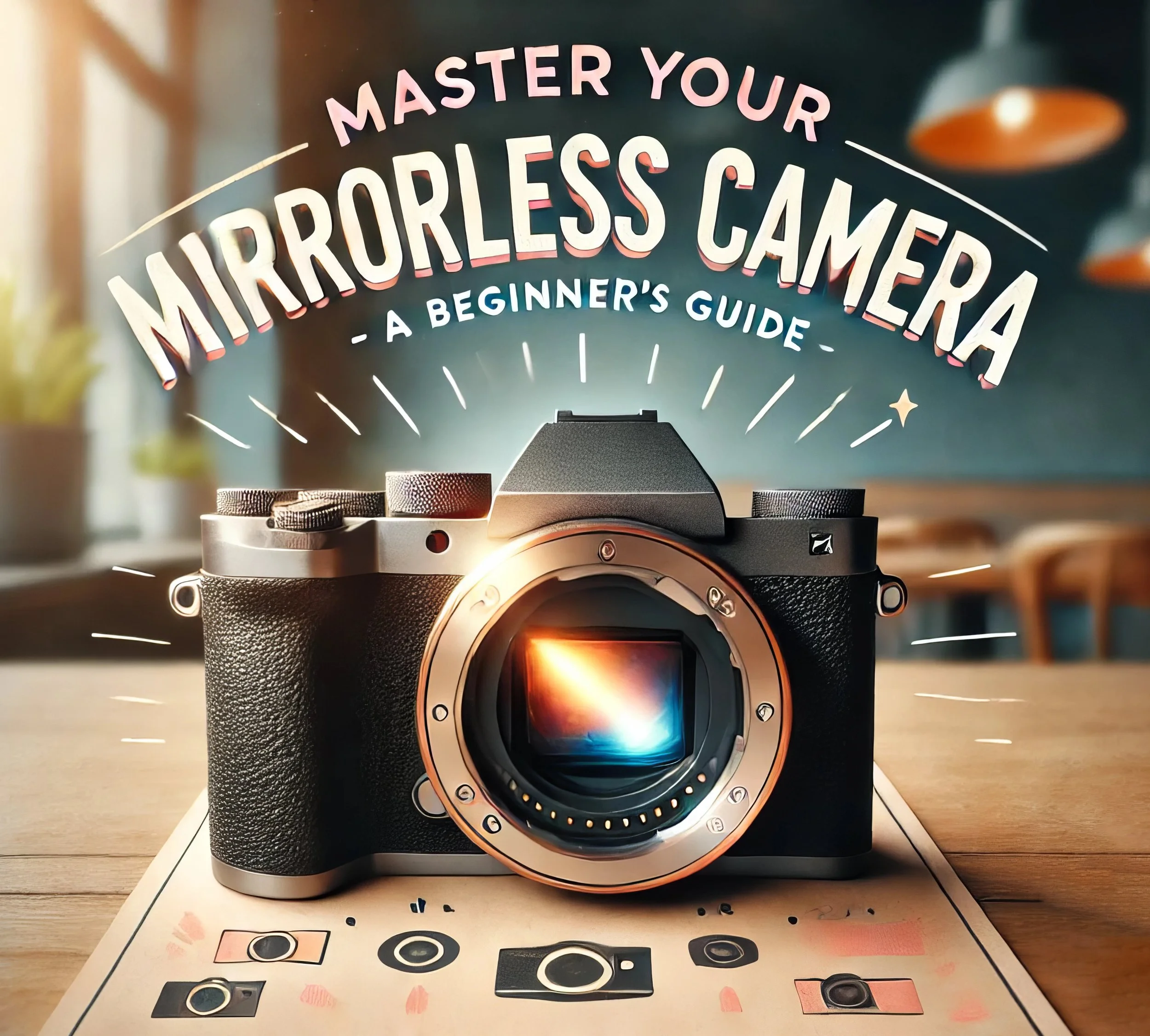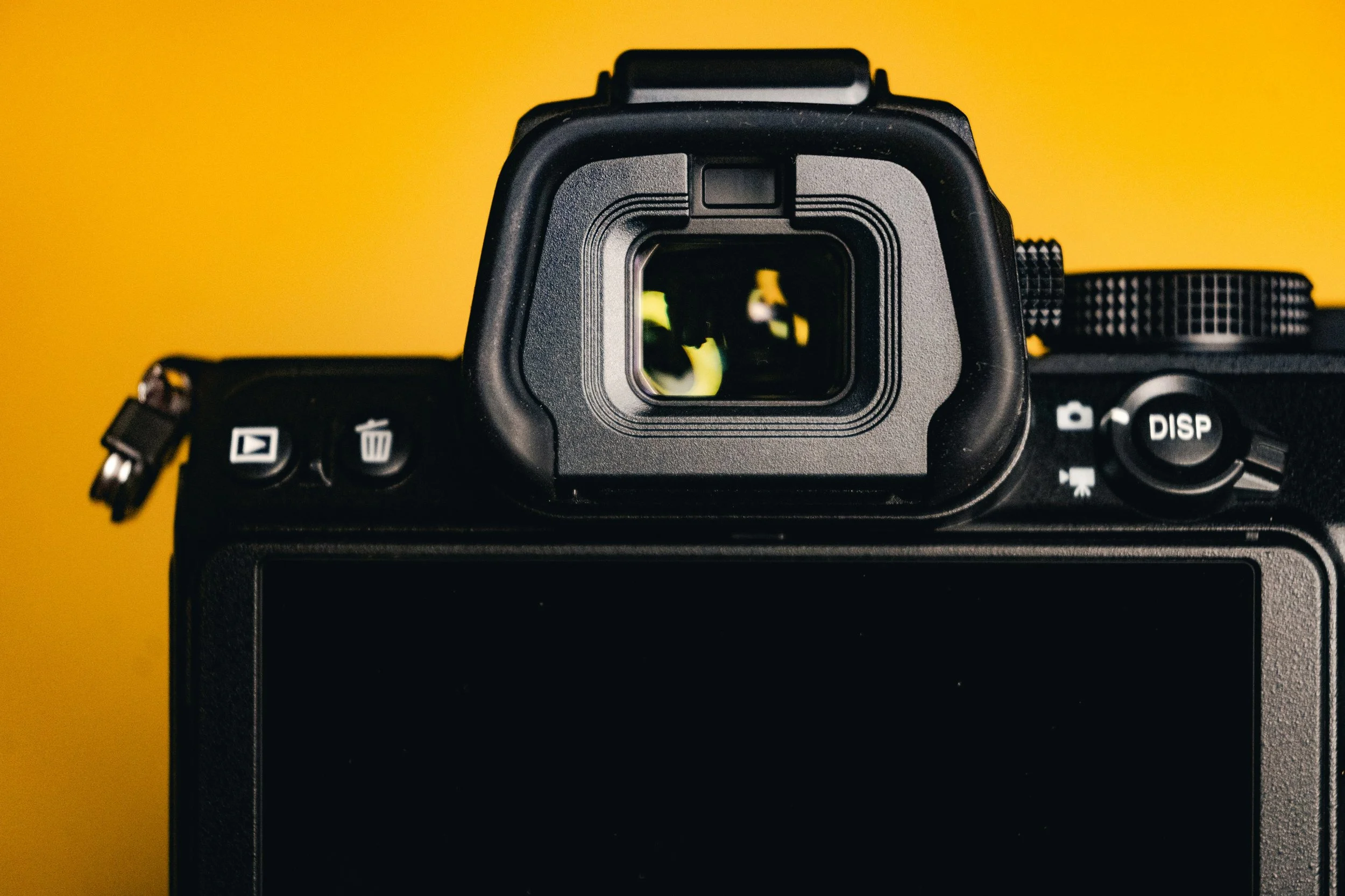A Beginner’s Guide to Using a Mirrorless Camera for the First Time
So, you’ve got a shiny new mirrorless camera and you’re ready to dive into the world of photography! Exciting, right? But hold up—what do all those buttons, dials, and modes actually do? Don’t worry! In this guide, we’ll walk through the basics to help you feel confident about using your camera. By the end, you'll be snapping away like a pro—or at least like someone who knows what they're doing!
Step 1: Meet Your Camera Modes
When you first turn on your camera, you'll notice a little dial on the top (usually). This is where the magic happens! Each setting gives you a different level of control. Here’s a quick rundown of the most common modes:
1. Auto Mode (The "Green Box" or "A")
This is your camera’s "I got you" mode. In Auto, your camera does everything—sets the exposure, focus, white balance, and more. You just point and shoot! It’s great for total beginners but can limit creativity as you gain experience.
2. P Mode (Program Auto)
P Mode gives you a little more freedom while still doing a lot of the work. The camera sets the shutter speed and aperture (we’ll get to what these mean in a minute), but you can adjust other things like ISO (sensitivity to light) and exposure compensation. It’s a baby step away from Auto.
3. A/Av Mode (Aperture Priority)
Here’s where things start to get interesting. In Aperture Priority, you control the aperture (the size of the opening that lets light into the camera), and the camera handles the shutter speed. Aperture affects your depth of field—that blurry background effect we all love for portraits.
Want to blur the background more? Open up that aperture by choosing a lower f-number (like f/1.8 or f/2.8). Want more of the scene in focus? Use a higher f-number (f/8 or f/11).
4. S/Tv Mode (Shutter Priority)
This is all about motion. In Shutter Priority, you choose how fast or slow the shutter opens and closes, and the camera handles the aperture. A fast shutter speed (1/1000 or higher) freezes action—great for sports or wildlife. A slower shutter speed (like 1/30 or slower) lets you capture motion blur, like when photographing moving cars or running water.
5. M Mode (Manual)
Feeling brave? Manual mode gives you complete control. You set both the aperture and shutter speed, allowing you to fine-tune every shot. It can feel overwhelming at first, but it’s where real creative control lives!
Step 2: Understanding the Exposure Triangle
Now let’s introduce the Exposure Triangle, the core of every great photograph. This triangle is made up of three elements: Aperture, Shutter Speed, and ISO. Each affects how much light hits your camera’s sensor and how your image looks.
Here’s a handy diagram to visualize:
Let’s break it down:
Aperture (f-stop): Affects depth of field. A small f-number (like f/2.8) lets in more light and gives you a shallow depth of field (blurry background). A large f-number (like f/16) lets in less light and gives you a deeper depth of field (everything in focus).
Shutter Speed: Controls how long your camera’s shutter stays open. A fast shutter (like 1/1000) freezes action. A slow shutter (like 1/30) lets in more light but can introduce blur if the subject or camera moves.
ISO: This is similar to the ASA of film. Think of ISO as your camera’s sensitivity to light. A low ISO (100-200) is great for bright conditions and produces less noise. A high ISO (like 1600 or higher) is used in low light but can make the image grainy.
Step 3: Get Comfortable with Focus
Most mirrorless cameras come with advanced autofocus systems, but sometimes you’ll want to take control and focus manually. In Auto Focus (AF), your camera chooses what’s in focus, which is great for general use. In Manual Focus (MF), you rotate the lens focus ring to make sure the subject is sharp. Manual is perfect for situations where you need precision, like macro shots or low-light photography.
One major leap for mirrorless camera’s is tracking. The focus points are far more than any DSLR camera. You have the ability to move the main focus point anywhere you want on the screen or use the subject tracking. Subject tracking is so fast and snappy now you only have to compose the image to make sure your the subject is where you want it.
Step 4: Learn to Love Your Viewfinder
Mirrorless cameras have electronic viewfinders (EVF) that show you exactly what your sensor is seeing. The beauty of this? What you see is what you get. Adjust the aperture, shutter speed, or ISO, and the preview updates in real-time. This feature makes experimenting less intimidating. The viewfinder has the same info as the back screen in real time now. The color and exposure representation truly is stunning. You also have blackout free shooting in most higher end mirrorless cameras. This allows you to maintain focus on the subject while taking images.
Step 5: Practice, Practice, Practice!
The best way to master your camera is to shoot as much as possible. Start in Auto or Program mode if you’re feeling unsure. Once you're more comfortable, venture into Aperture Priority or Shutter Priority. When you're feeling adventurous, tackle Manual mode.
Pro Tip:
Make a habit of reviewing your photos and metadata at the end of the day. Look at the settings you used for each shot and note what worked and what didn’t. This will help you improve and develop your style. But don’t get lost checking the camera constantly in the field as you will miss more shots this way.
Final Thoughts
Learning to use your mirrorless camera can seem like a lot, but it’s all about practice. Don’t stress about getting everything perfect right away—start by exploring the modes and getting familiar with how they affect your images. The core fundamentals are there from the DSLR and Film days still. The speed and comfort has improved though. Soon enough, you'll be capturing stunning shots that make you feel like a seasoned photographer.
Now go out there and start snapping!



